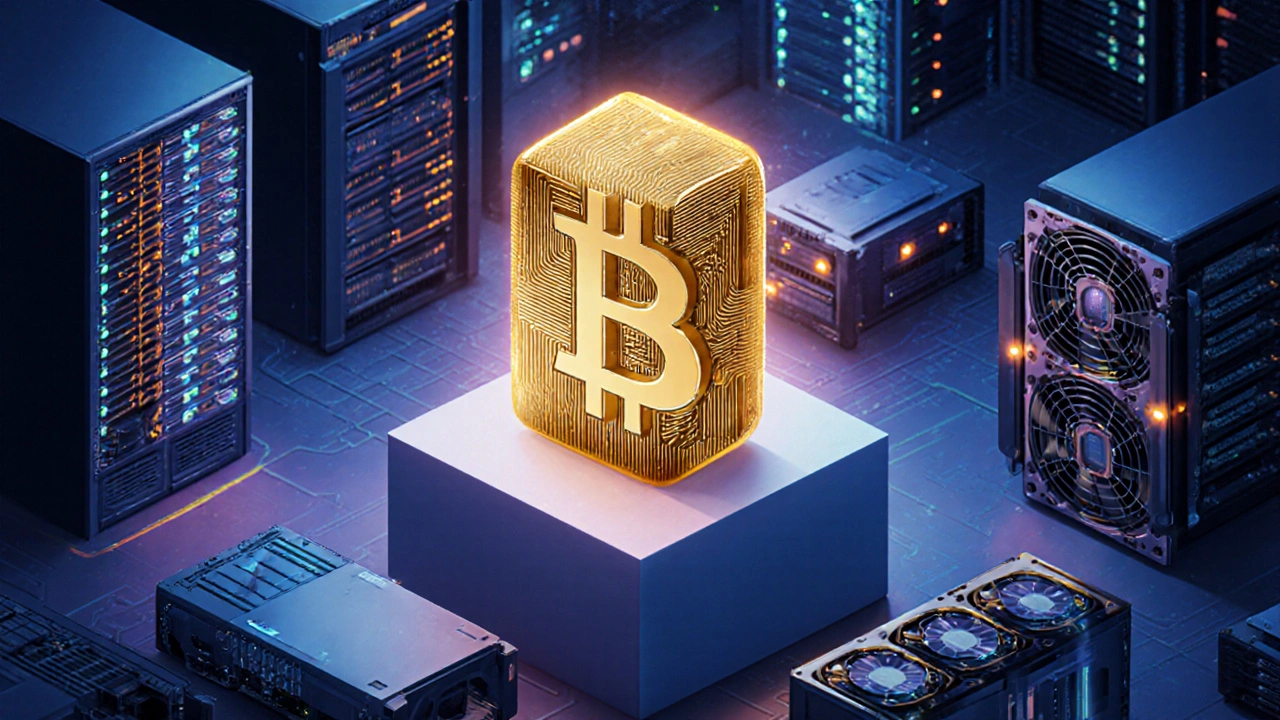Mining Hardware: What It Is and Why It Matters
When talking about mining hardware, the physical equipment used to solve cryptographic puzzles and secure blockchain networks. Also known as crypto mining rigs, it includes everything from small desktop GPUs to massive data‑center farms. The field revolves around a few key players: ASIC miner, Application‑Specific Integrated Circuit devices designed solely for a single mining algorithm, GPU mining, using graphics cards that can switch between gaming and mining workloads, and energy efficiency, the ratio of hash power produced per watt of electricity consumed. Understanding how these pieces fit together helps you pick the right setup, avoid costly mistakes, and see how hardware choices influence broader topics like blockchain scaling and crypto portfolio risk.
How Different Mining Hardware Shapes the Crypto Landscape
First up, ASIC miners dominate the high‑hash‑rate arena for coins like Bitcoin and Litecoin. Their single‑purpose design means they crank out hashes way faster than a typical GPU, but that also locks you into one algorithm—switching to a new coin can mean buying new hardware. On the flip side, GPU mining offers flexibility; a single graphics card can mine Ethereum, Ravencoin, or even help with AI workloads when you’re not mining. This versatility makes GPUs popular among hobbyists and small‑scale operators who value the ability to hop between projects. Energy use sits at the heart of the debate: a rig that boasts high hash rates but guzzles electricity can eat into profits fast. That’s why miners chase energy‑efficient models, look for cheap power sources, or locate farms in regions with abundant renewable energy. The trade‑off between raw performance and power cost drives the market’s constant churn of new releases and firmware tweaks.
Beyond the hardware itself, mining setups affect everything else in the crypto ecosystem. For example, when a new ASIC launch pushes the network’s total hash rate up, Bitcoin’s difficulty adjusts, which in turn impacts transaction fees and confirmation times—a core part of the Layer 2 scaling conversation you’ll see in posts about rollups and sidechains. Likewise, the rise of GPU farms has spurred the growth of DeFi tokens that reward users based on their contributed compute power, linking hardware choices directly to portfolio diversification strategies. Energy‑intensive rigs also fuel discussions around sustainability, prompting regulators and innovators to explore greener cooling methods or proof‑of‑stake alternatives. All these connections show that mining hardware isn’t an isolated gadget; it’s a catalyst that shapes security, economics, and environmental impact across the blockchain world.
What you’ll find in the collection below is a mix of deep dives and practical how‑tos that line up with the hardware topics we just covered. From step‑by‑step guides on setting up an ASIC rig to comparing the best GPUs for multi‑algorithm mining, each article gives you actionable insight. You’ll also see broader pieces that tie hardware performance to blockchain scaling, portfolio risk, and even the future of high‑school tech labs experimenting with crypto concepts. Dive in, pick the sections that match your current project, and get a clear roadmap for navigating the fast‑changing world of mining equipment.
- Oct, 5 2025

A plain‑English guide explaining how Bitcoin mining secures the network, the hardware used, energy costs, mining pools, and what to consider before starting.
- Read More